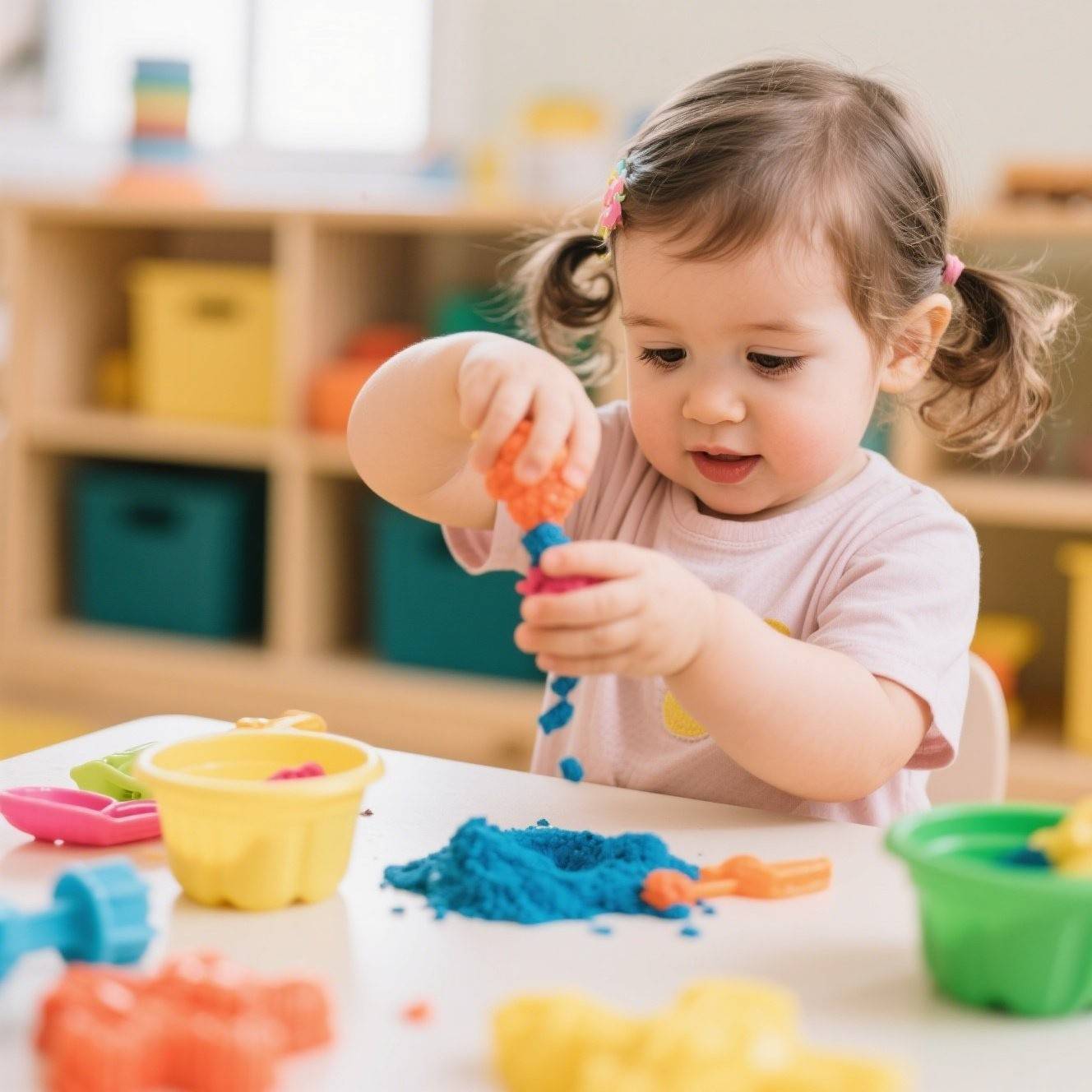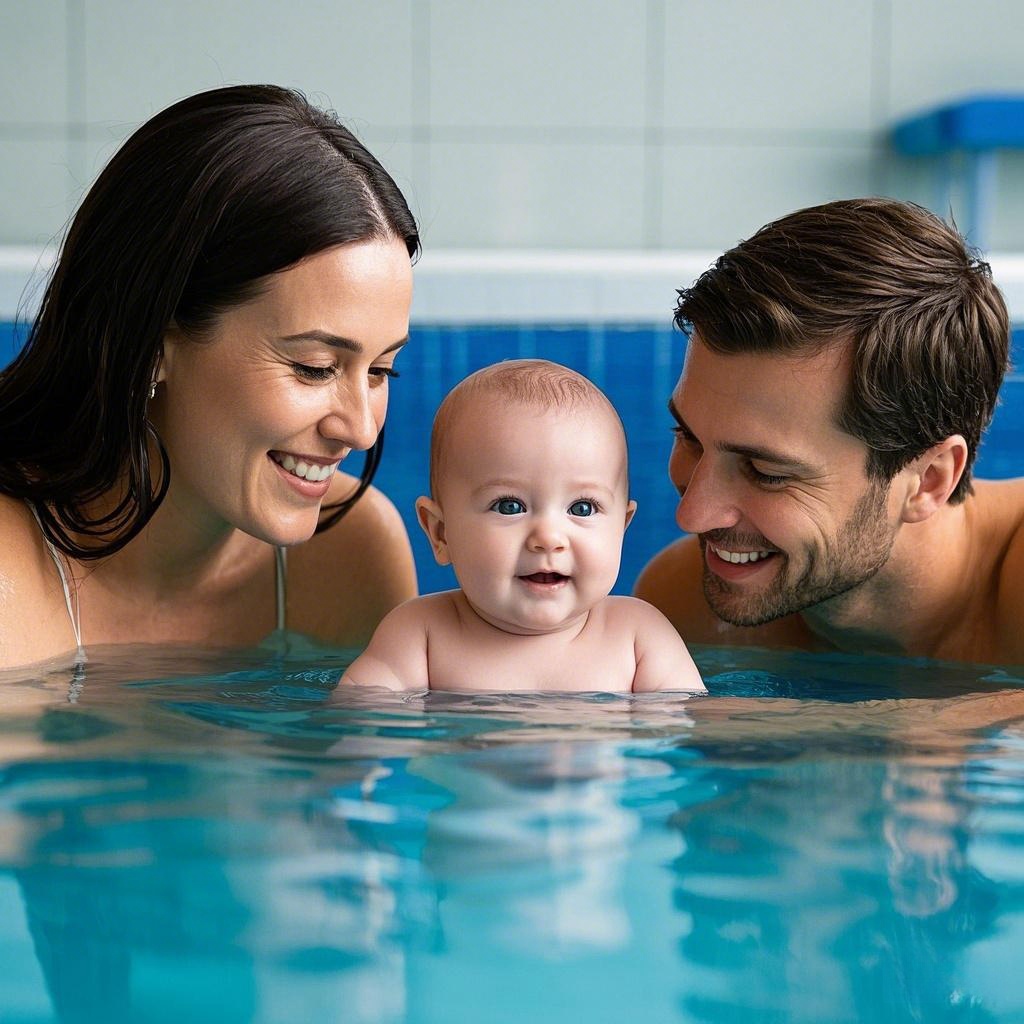Creative Sensory Play Ideas for Preschoolers to Enhance Learning open doors to discovery that worksheets alone can’t unlock. By inviting children to scoop, squish, shake, and search, we engage multiple senses at once—an approach research links to stronger neural connections and richer language development. Below you’ll find six thoughtful activities, each designed to nurture specific skills while keeping mess and prep time reasonable for busy caregivers and teachers. Feel free to adapt quantities, swap materials, or introduce seasonal themes so the learning stays fresh and meaningful all year long.
1. Sensory Bins for Hands-On Exploration

Sensory bins are the all-stars of tactile learning because they combine open-ended play with endless thematic possibilities. Start with a shallow plastic container and a “base” material—dyed rice, kinetic sand, dried beans, or even water beads—then layer in objects that match your lesson focus. Studying ocean life? Add blue-tinted rice, sea-shell scoops, plastic sea creatures, and a few laminated fact cards. A fall harvest theme might include popcorn kernels, mini pumpkins, scoops, and measuring cups to encourage early math talk.
To extend the educational payoff, place clipboards nearby so children can draw or list items they find—building early writing skills alongside sensory input. Rotate the contents every two weeks to maintain novelty and reduce germ buildup. Quick tip: label plastic zip bags with each set’s theme so resetting bins takes minutes, not hours.
2. Mess-Free Sensory Bags for Tactile Learning
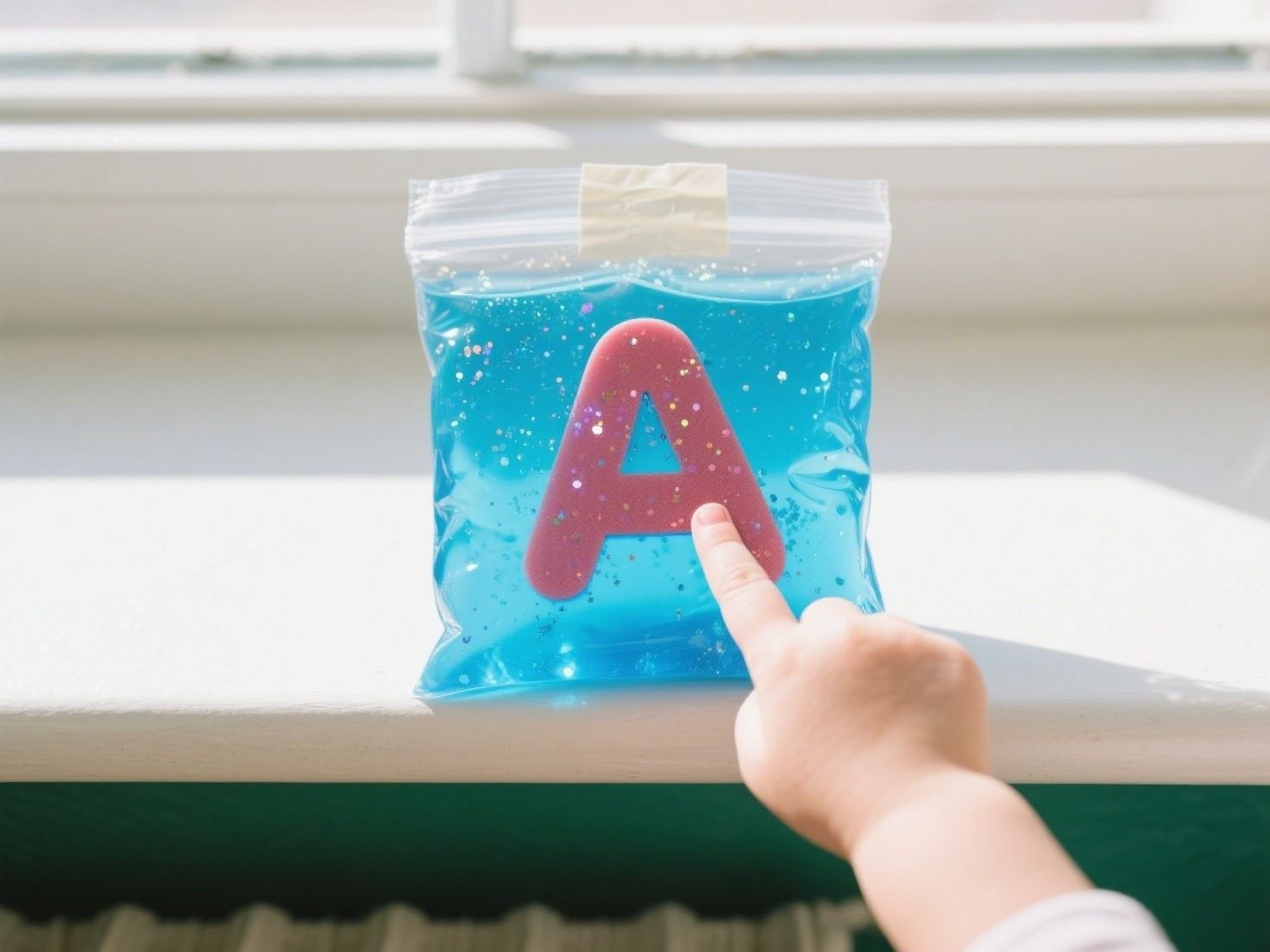
When a full bin feels too chaotic, sensory bags deliver similar benefits without stray kernels rolling across the floor. Fill a sturdy zip-top freezer bag with a squirt of clear hair gel, a few drops of food coloring, and lightweight add-ins like glitter, googly eyes, or cut-up foam shapes. Press out most of the air, seal with packing tape, and secure the bag to a table or window with painter’s tape. Children can “draw” letters or shapes with a finger, watch items glide through the gel, and feel resistance—all while hands stay clean.
Pair the activity with letter flash cards so learners trace a card’s shape on the bag, reinforcing phonics through tactile memory. For a science twist, swap gel for water mixed with oil and let students observe how the two liquids push colored beads into mesmerizing patterns, laying the groundwork for future lessons on density and states of matter.
3. Sensory Bottles for Visual Stimulation
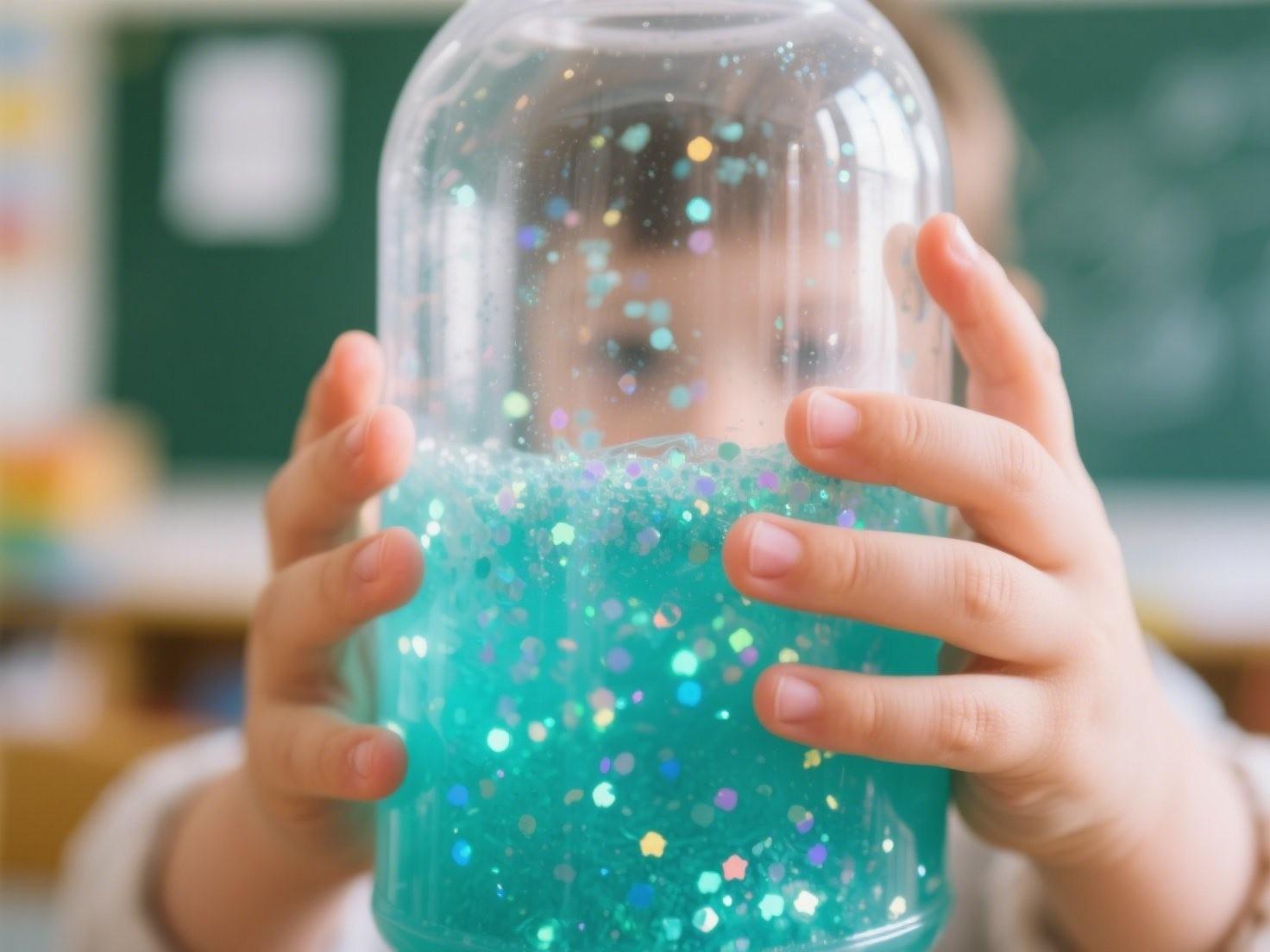
Sensory bottles—sometimes called discovery bottles or calm-down jars—transform recycled plastic drink containers into mesmerizing science exhibits. Fill a clean bottle two-thirds with warm water, add clear glue until the flow looks “slow-motion,” stir in a drop or two of liquid watercolor, and sprinkle in glitter or small themed charms. Secure the lid with hot glue or duct tape to ensure safety.
These bottles become portable science lessons in refraction and gravity as children invert and swirl them, watching glitter swirl like tiny galaxies. Label each bottle with vocabulary words such as “swirl,” “float,” “sink,” and “sparkle” so sight-word practice sneaks into the fun. For extra curricular ties, create weather bottles—blue water and fluffy cotton clouds for rain, red glitter for lava lamps when studying volcanoes, or torn bits of metallic ribbon for fireworks around national holidays.
4. Nature Sensory Trays for Outdoor Exploration
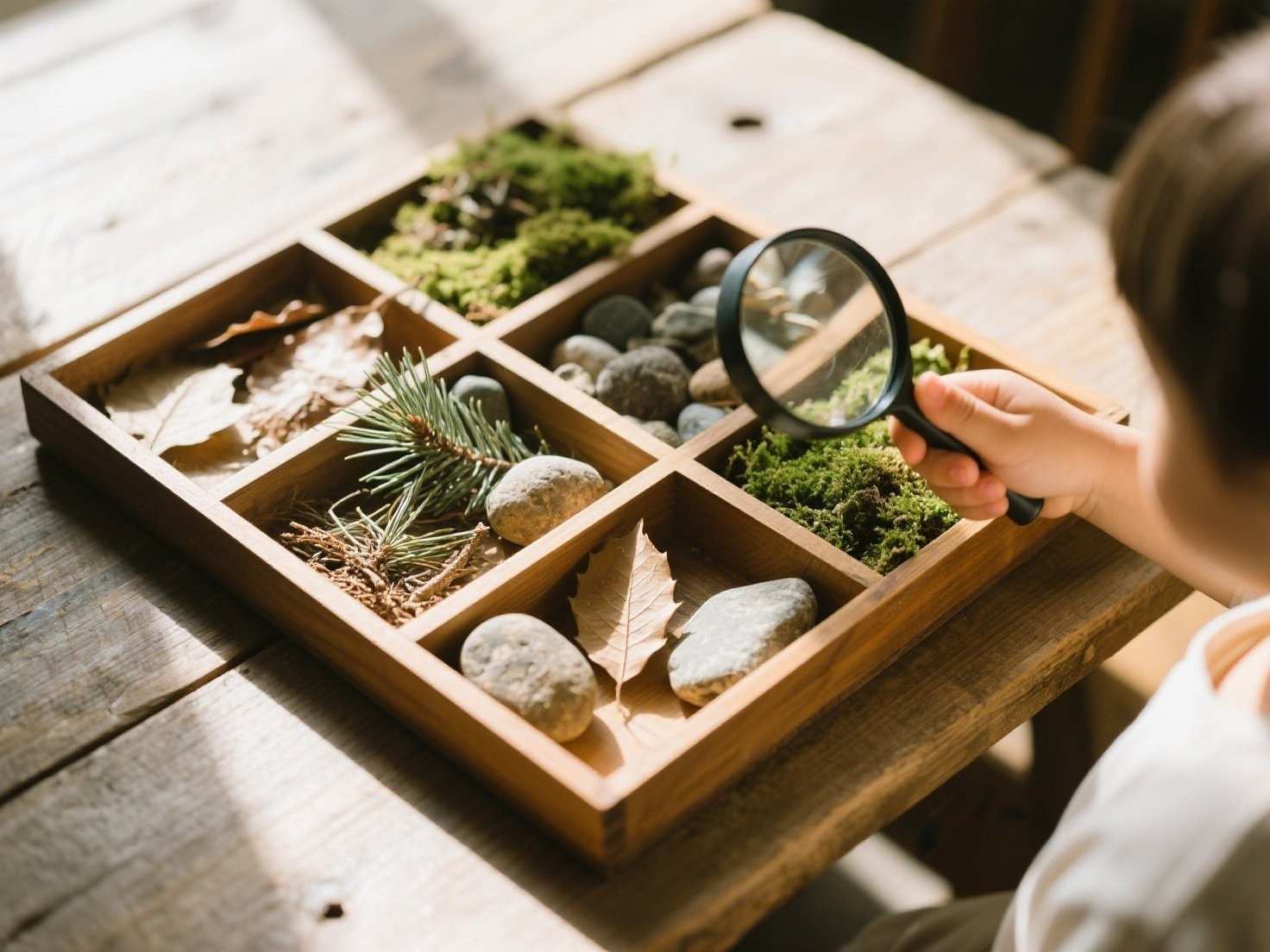
Sometimes the richest sensory materials already lie outside your classroom door. Take children on a nature walk with small baskets and encourage them to collect smooth stones, fragrant pine needles, soft moss, or crunchy leaves. Back indoors, arrange these treasures in a wooden tray partitioned into sections. Invite kids to sort by texture, color, or size, subtly practicing classification skills aligned with early math standards.
Turn the tray into a nature “laboratory” by adding magnifying glasses, tweezers, and blank observation sheets. Learners can sketch leaf veins, count tree-ring ridges, or feel the cool weight of pebbles— experiences that build respect for the environment and sharpen observational language. Rotate items seasonally to teach how landscapes change across the year, fostering an early sense of ecological stewardship.
5. Sensory Playdough Activities for Fine Motor Skills Development
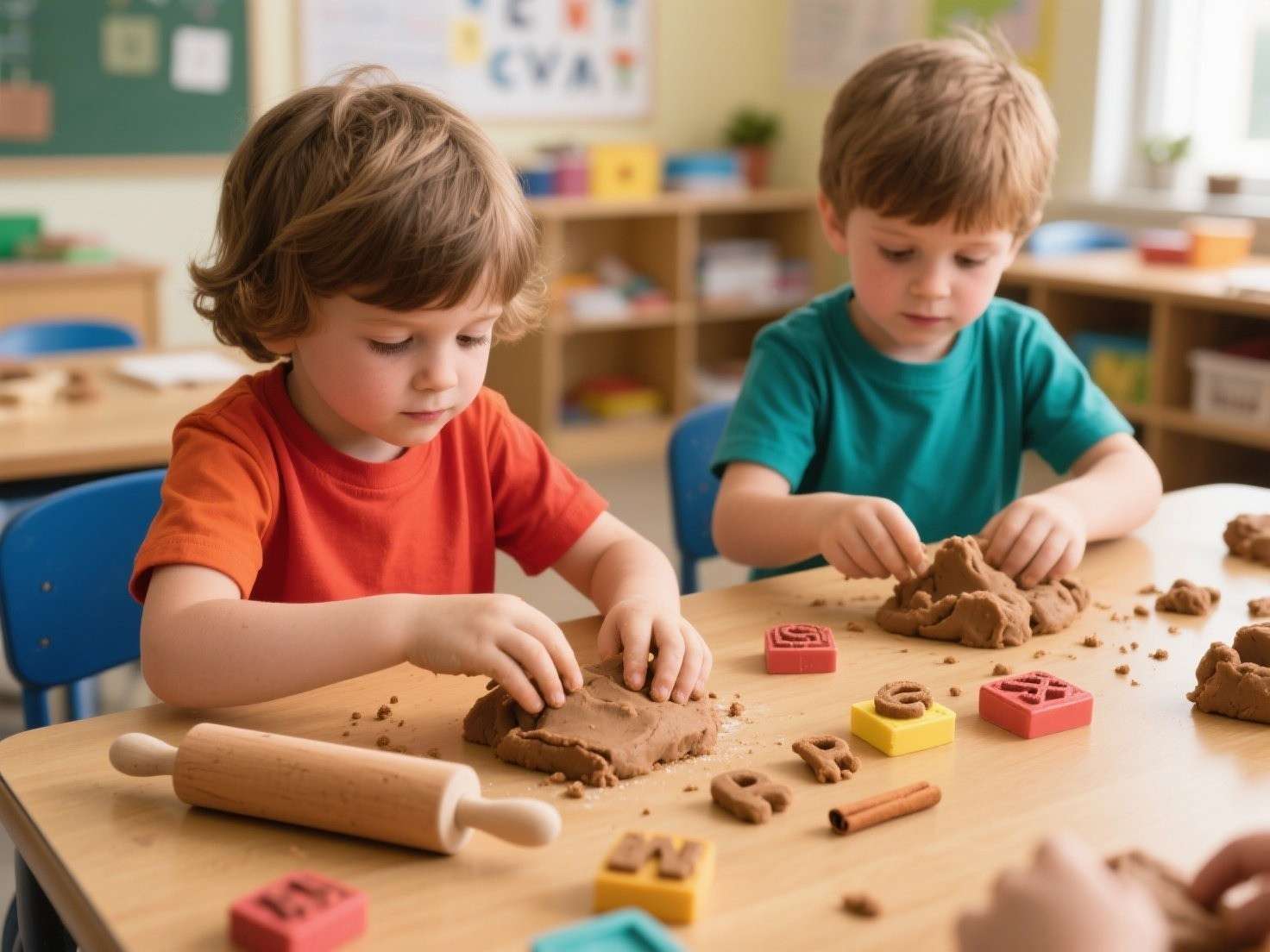
Playdough never goes out of style, but tiny tweaks can elevate its educational impact. Make a simple batch with flour, salt, cream of tartar, water, and vegetable oil, then mix in aromatic spices (cinnamon for autumn, cocoa for winter), colored sand for gritty texture, or glow-in-the-dark paint for an after-hours STEM night. Place rolling pins, alphabet stampers, plastic knives, and cookie cutters nearby to prompt letter formation and imaginative sculpting.
For targeted fine-motor work, challenge preschoolers to pinch small beads into the dough to create constellation patterns or “bake” playdough cupcakes topped with real-world math questions (e.g., “Add three candle sticks on top”). Because children must squeeze, roll, and press, hand muscles strengthen—an essential foundation for pencil grip and future handwriting fluency. Store dough in airtight containers labeled with the spice or add-in name to keep aromas distinct and prevent accidental mixing that can turn hues muddy.
6. Sensory Scavenger Hunts for Cognitive Development

A sensory scavenger hunt merges movement, memory, and problem-solving into one exhilarating activity. Hide items around the room or playground that highlight four or five senses—a lavender sachet for smell, sandpaper square for touch, jingle bell for sound, bright feather for sight, and a safe herb leaf for taste if school policy allows. Provide each child with a pictorial checklist displaying both the item and the sense it represents, which supports emerging readers.
As children search, encourage them to verbalize observations: “This bell feels cool and makes a soft ring.” After everyone finishes, gather in a circle and invite preschoolers to group objects by sense, promoting classification and early science vocabulary. To weave in numeracy, ask how many items relate to hearing or which sense had the most examples, then chart responses on a whiteboard for informal graph practice.
Wrapping Up the Sensory Journey
By weaving these Creative Sensory Play Ideas for Preschoolers to Enhance Learning into your weekly routine, you’ll provide more than giggles and glitter—you’ll spark deeper cognitive connections, richer vocabulary, and stronger fine-motor coordination. Keep activities varied yet predictable so children feel safe enough to take exploratory risks, and always model curiosity by asking open-ended questions (“What do you notice?” “How does it change when you tilt it?”). In a world that often pushes academic skills earlier and earlier, thoughtful sensory play is a joyful reminder that the best early education still starts with a handful of rice, a drop of color, and a child’s boundless imagination.

